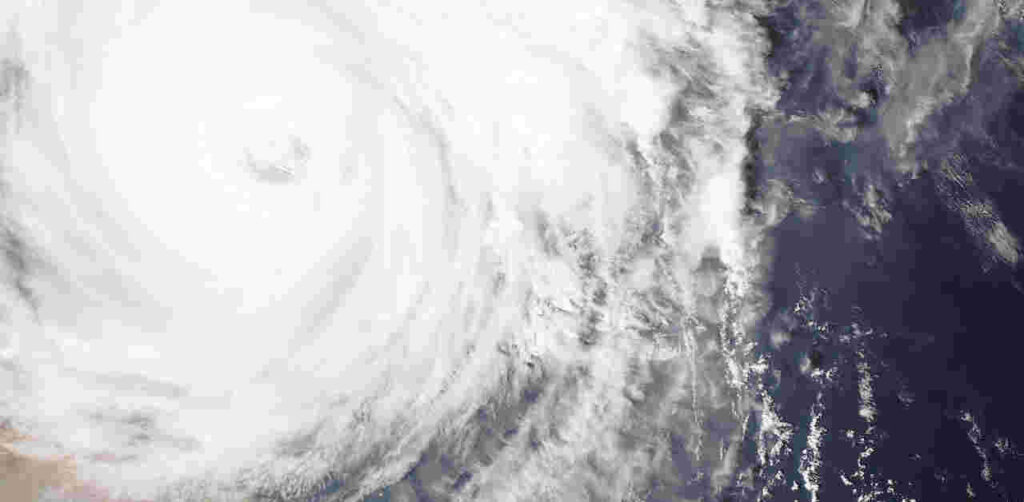Published by: Almanac
The updated 2023 hurricane forecasts are out! Here are predictions for the current tropical storm and hurricane season—including how many storms make landfall. Plus, find answers to your questions about hurricanes, Earth’s most powerful storms.
When is Hurricane Season
The Atlantic hurricane season officially starts on June 1 and ends on November 30, though hurricanes can occur outside of the season. (In the Northeast Pacific, the season starts earlier, on 15 May.) The forecasts below cover the Atlantic Basin—the area encompassing the Atlantic Ocean, Caribbean Sea, and Gulf of Mexico.
When it comes to hurricanes, there are many indicators related to atmospheric and oceanic conditions that indicate what to expect. Keep in mind: Whatever the forecast, remember that it only takes one hurricane to make landfall, and coastal residents should prepare for every hurricane season.
CSU Hurricane Prediction
According to CSU’s official June 1 report, the 2023 hurricane season will be near-average, not stronger, or weather than what’s historically typical.
CSU experts have high confidence in a strong El Niño to develop this summer, which would suppress hurricane activity. However, sea surface temperatures in the tropical Atlantic Ocean and Caribbean Sea are increasing to record levels, creating more energy to fuel storm development. Together, these competing factors influence this year’s overall forecast for a near-average season. The big question is how robust El Niño’s wind strength will be; this is something that will be watched closely in the coming months.
The other big question is whether the hurricanes will hit Florida and other coastal areas. According to CSU, the probability is also near-average. As is the case with all hurricane seasons, coastal residents are reminded that it only takes one hurricane to make landfall to make it an active season for them. They should prepare the same for every season, regardless of how much activity is predicted.
